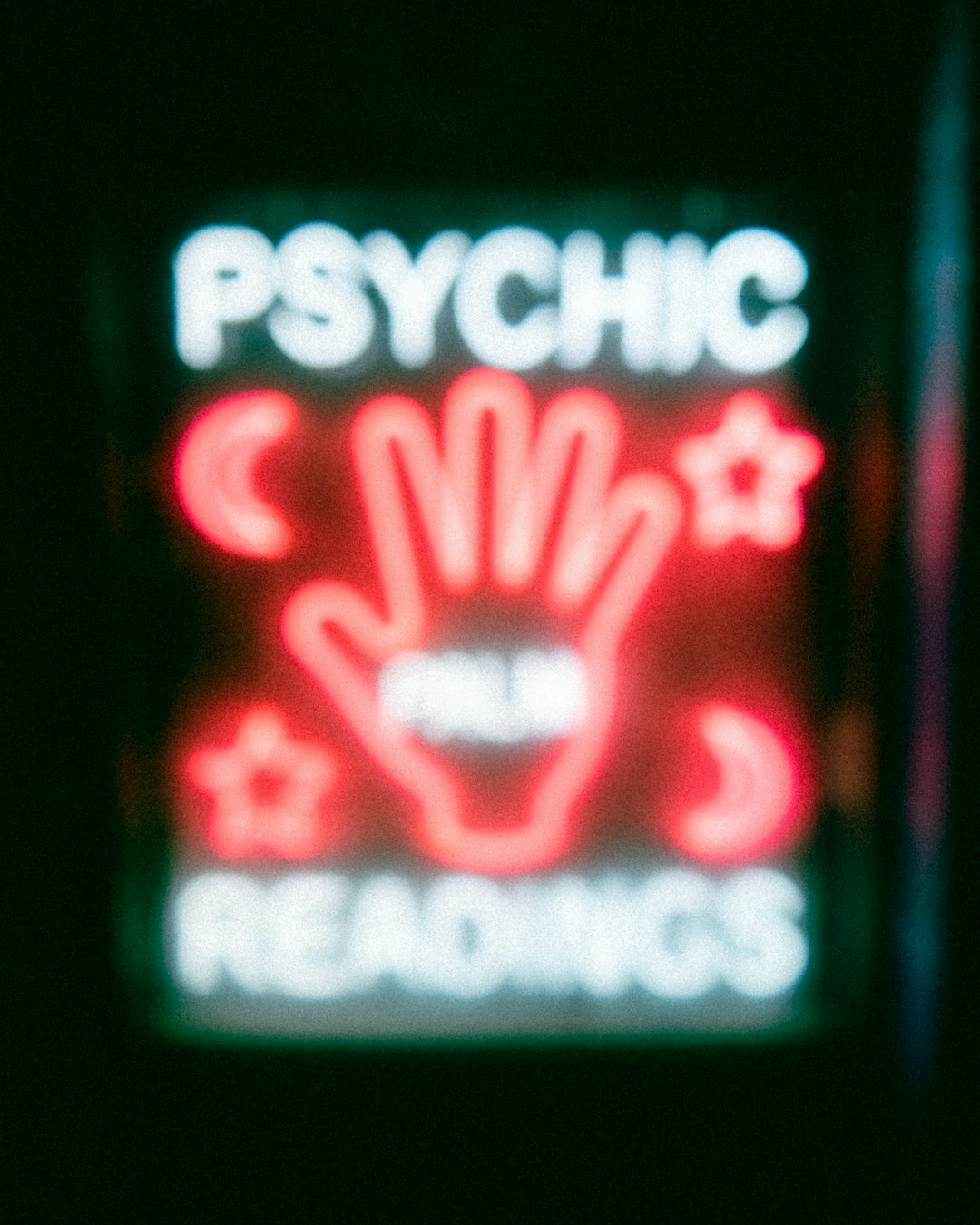Invisible Threats: The Psychology of Needles in Public Spaces
It’s a primal fear: the unseen prick, the hidden danger in a moment meant for joy. Picture yourself in a crowd, bodies pressed close as music thunders, when a sudden sting disrupts the euphoria—its source unseen. Stories of needles in public spaces, from club incidents to subway scares, strike a peculiar chord of collective anxiety. Why do these episodes grip us so deeply, even when they remain rare and motives mysterious?
This fear is crystallized in urban legends—a stranger's poke at a party, a whispered warning about disease. These tales escalate far beyond the actual cases that occur, spreading through communities and headlines with viral speed. In some ways, the idea of an attack by needle preys on our vulnerabilities: our trust in anonymity, our desire to lose ourselves in crowds, and our worries about unseen, microscopic dangers.
What’s fascinating is how modern incidents tap into ancient anxieties about poisoning and contagion—age-old fears given new form in the era of festivals and nightlife. The needle, a tool for healing in medicine, is transformed into a weapon of uncertainty and dread in our imagination. Our fascination with these stories, and our rapid reaction to them, says a lot about how we perceive risk in a world that should feel safer than ever.
Has digital interconnectedness amplified our sensitivity, making urban myths more plausible and panic more contagious? Or do these incidents simply reveal that, beneath our tech-savvy exteriors, we remain governed by primitive fears of the invisible, the unpredictable, and the uncontrollable?
Either way, every such headline is a reminder: the boundary between sanctuary and threat is thin, especially where we gather to celebrate life.
This article was inspired by the headline: 'Nearly 150 Report Being Jabbed With Needles at French Music Festival - The New York Times'.

Comments
No comments yet. Be the first to comment!